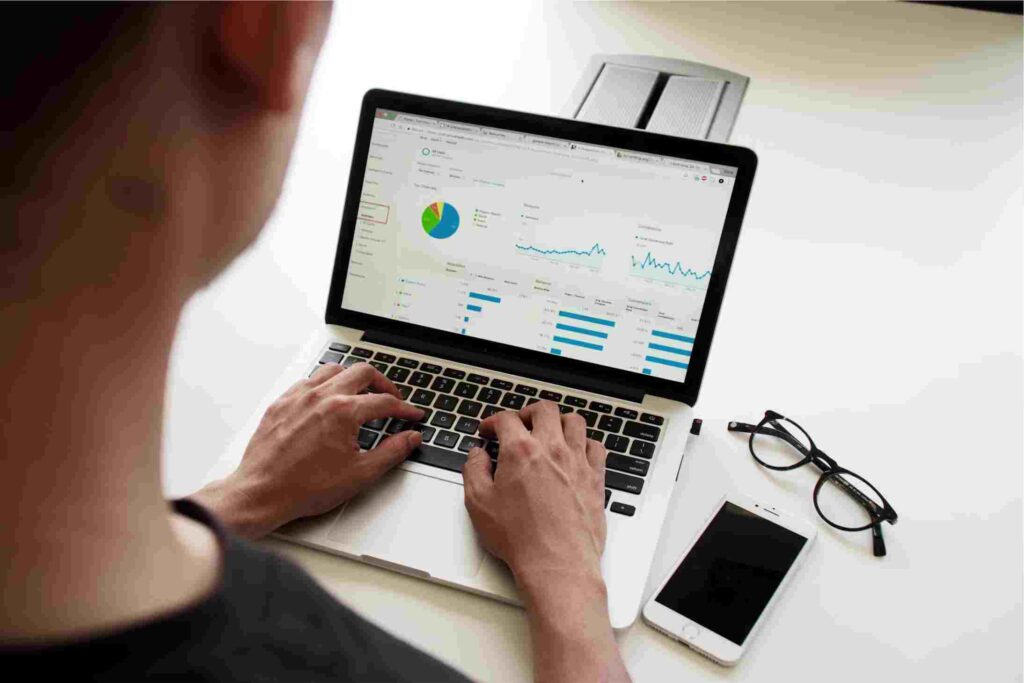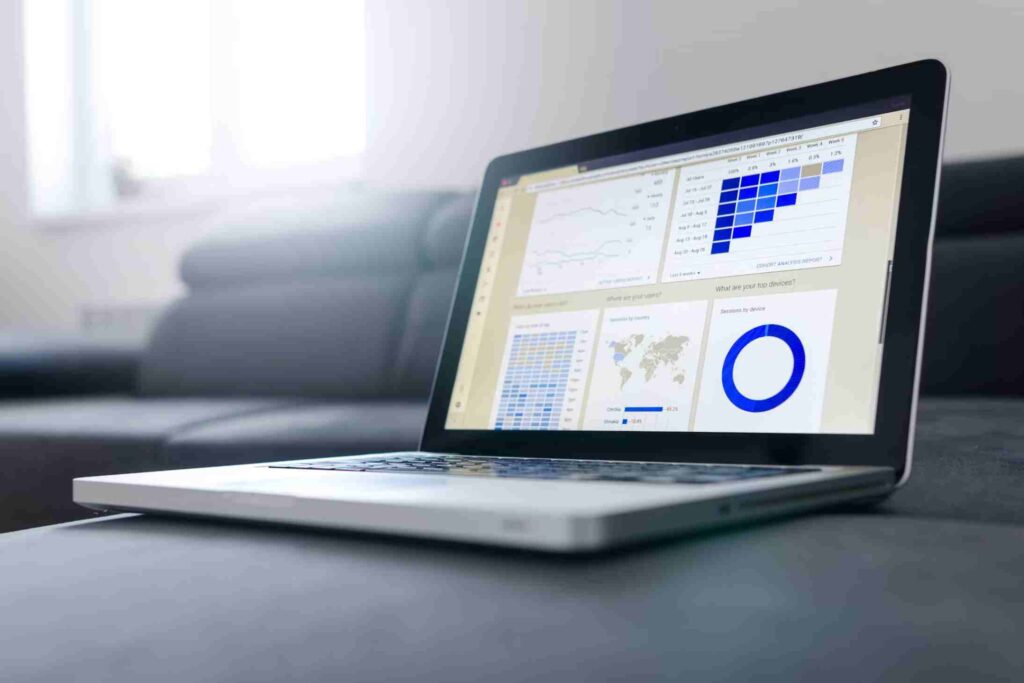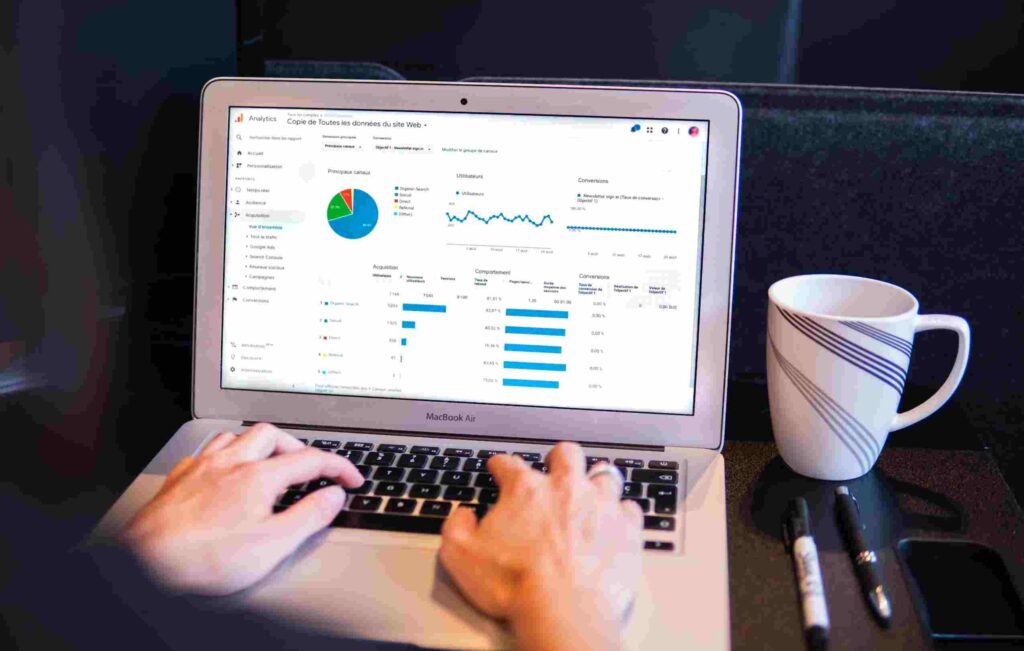In the realm of digital marketing, understanding user behavior and tracking campaign performance are paramount for success. Google offers powerful tools to assist marketers in this endeavor, notably Google Analytics and Google Ads. Linking these platforms provides invaluable insights into the effectiveness of advertising efforts. However, despite their seamless integration, there are certain limitations to what can be achieved when linking a Google Ads account to Google Analytics. In this blog post, we’ll explore these limitations and discuss strategies to overcome them.
Understanding the Link Between Google Ads and Google Analytics

Before delving into the limitations, let’s briefly recap the benefits of linking a Google Ads account to Google Analytics. By doing so, marketers gain access to enhanced reporting capabilities, enabling them to analyze the performance of their Google Ads campaigns in greater detail. This linkage allows for the tracking of specific user interactions, such as clicks, conversions, and revenue generated from ad campaigns.
Limitations of Linking Google Ads to Google Analytics

Data Sampling:
- One of the primary limitations encountered when linking Google Ads to Google Analytics is data sampling. Google Analytics employs data sampling to process large volumes of data efficiently. However, when analyzing Google Ads data within Google Analytics, sampling can occur, particularly when dealing with high traffic volumes or complex queries. This can lead to inaccuracies in reporting, as sampled data may not accurately represent the complete dataset.
Attribution Modeling:
- While Google Analytics offers various attribution models to evaluate the contribution of different marketing channels to conversions, these models have limitations when applied to Google Ads data. Attribution modeling within Google Analytics may not fully capture the complexity of user interactions with Google Ads campaigns, leading to discrepancies in attribution credit.
Limited Ad Position Data:
- Although Google Ads provides detailed information about ad positions (e.g., top of page, side, bottom), this data is not directly available within Google Analytics when linking the two platforms. Consequently, marketers may encounter challenges in analyzing the performance of ads based on their position in search results.
Inability to Modify Campaign Settings:
- While Google Analytics offers robust reporting and analysis features, it does not allow users to modify campaign settings or make adjustments to Google Ads campaigns directly. Marketers must navigate to the Google Ads interface to make changes to campaign parameters such as bids, targeting options, or ad creatives.
Discrepancies in Conversion Tracking:
- Despite the integration between Google Ads and Google Analytics, discrepancies in conversion tracking may arise due to differences in attribution methodologies and data processing. Marketers may observe variations in reported conversion metrics between the two platforms, necessitating careful interpretation and reconciliation of data.
Strategies to Overcome Limitations

While the limitations outlined above present challenges, there are strategies that marketers can employ to mitigate their impact and extract meaningful insights from linked Google Ads and Google Analytics data.
Utilize Custom Reports and Segments:
- Take advantage of Google Analytics’ customization options to create custom reports and segments tailored to your specific requirements. By defining custom dimensions and metrics, marketers can gain deeper insights into the performance of their Google Ads campaigns beyond standard reporting templates.
Implement Cross-Device Tracking:
- Implement cross-device tracking mechanisms to capture user interactions across multiple devices and touchpoints. By leveraging features such as User ID or Google Signals, marketers can attribute conversions more accurately and gain a holistic view of the customer journey.
Regular Data Verification and Validation:
- Establish processes for verifying and validating data discrepancies between Google Ads and Google Analytics. Conduct regular audits to ensure consistency in reporting and identify any discrepancies that may require further investigation or adjustment.
Explore Third-Party Integration Solutions:
- Consider leveraging third-party integration solutions that bridge the gap between Google Ads and Google Analytics. These solutions may offer additional features and functionalities to enhance data analysis and reporting capabilities.
Combine Data Sources for Comprehensive Analysis:
- Integrate data from multiple sources, including Google Ads, Google Analytics, and other analytics platforms, to conduct comprehensive performance analysis. By combining datasets, marketers can gain a more holistic understanding of campaign effectiveness and identify opportunities for optimization.
Conclusion
Linking a Google Ads account to Google Analytics provides marketers with valuable insights into the performance of their advertising campaigns. However, it’s essential to be aware of the limitations inherent in this integration and take proactive steps to overcome them. By leveraging customization options, implementing cross-device tracking, and conducting regular data validation, marketers can maximize the value derived from linked Google Ads and Google Analytics data, ultimately driving better-informed decision-making and campaign optimization.
Have A Look :-

